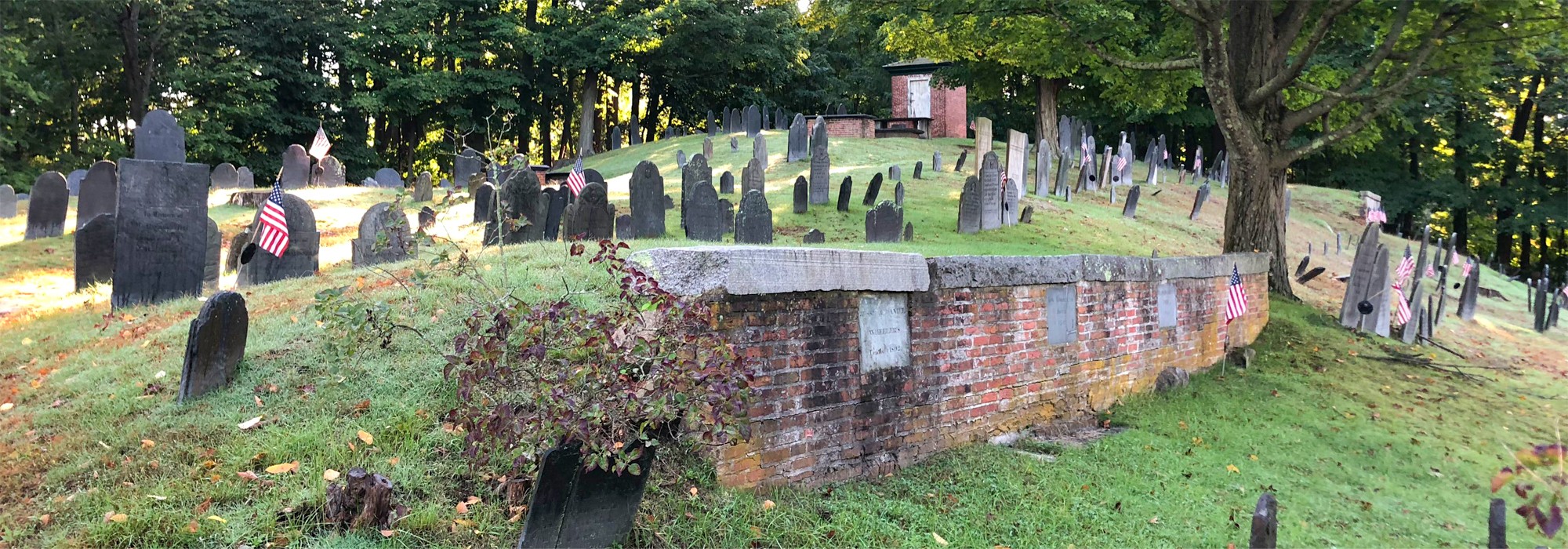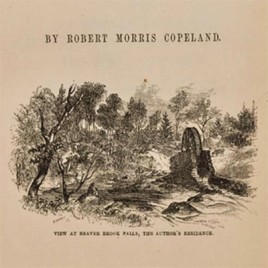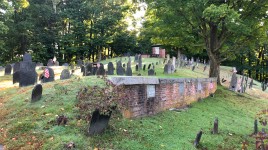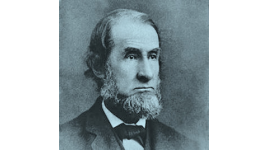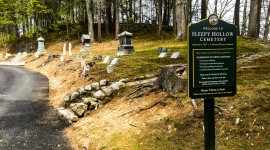Pioneer Information
Robert Morris Copeland was born in Roxbury, Massachusetts. He studied liberal arts at Harvard where he met his lifelong friend, Henry Wadsworth Longfellow. After graduation Copeland began a career as a scientific farmer at Beaver Brook Falls. In 1854 he opened a partnership “in landscape and ornamental gardening” with Horace Cleveland.
Copeland’s projects with the firm included Sleepy Hollow Cemetery in Concord, Massachusetts, the Samuel Colt estate in Hartford, Connecticut, and the Oak Grove Cemetery in Gloucester, Massachusetts. In 1856 Copeland joined forces with Longfellow to write a pamphlet entitled “A Few Words on the Central Park.” This was the precursor to Copeland’s failed 1857 submission to the Central Park design competition. In 1859 Copeland published Country Life: A Handbook of Agriculture Horticulture and Landscape Gardening. After parting ways with Cleveland, Copeland served in the Civil War, and was discharged in 1862. He went on to create a thriving landscape architecture practice in the Northeast.
Copeland’s projects included a master plan for the Frederick Billings estate in Woodstock, Vermont, and the design of the Oaks Bluffs community at Martha’s Vineyard. In 1872 Copeland published The Most Beautiful City in America: Essay and Plan for the Improvement of the City of Boston, where he championed the idea of a Boston parks system. Copeland died suddenly in 1874 without realizing his dream of a unified parks system for the city.



